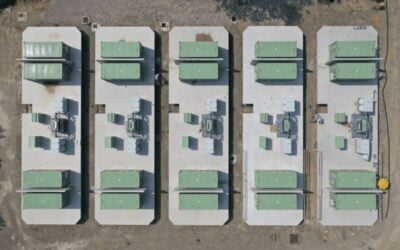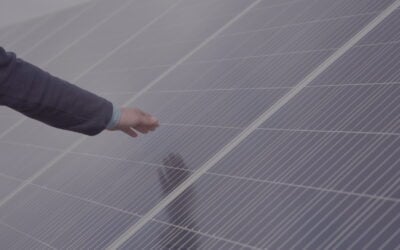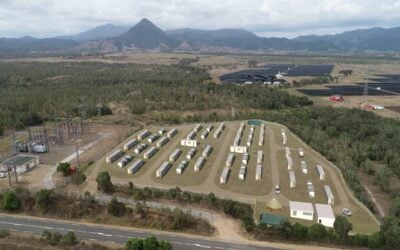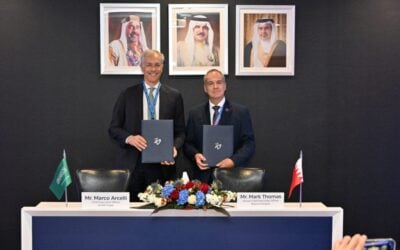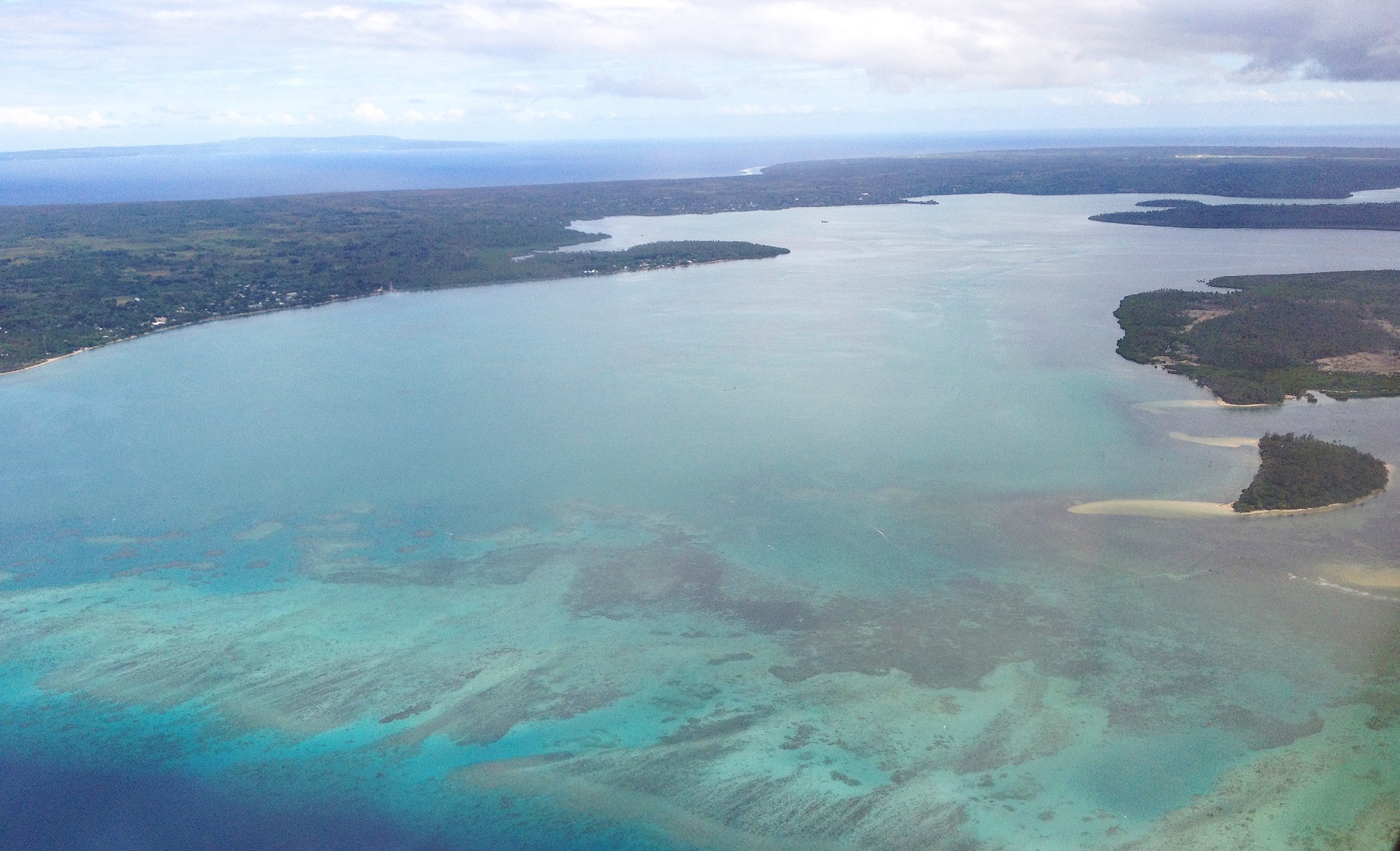
The Asian Development Bank (ADB) has agreed to part-fund a US$53.2 million undertaking to power Tonga with renewable energy, including the installation of 22.2MWh of energy storage.
The ADB has approved a grant of US$12.2 million for the Tonga Renewable Energy Project, through the much larger Pacific Renewable Energy Investment Facility, which is worth US$750 million in total. ADB is providing up to US$200 million of that funding.
Tonga is trying to reduce the carbon intensity of its energy mix and reach 50% renewable energy by 2025, then 70% by 2030. The islands burn around 13 million litres of diesel fuel each year to supply 95% of Tonga’s electricity according to a document on the project prepared by Tonga Power Limited, the Pacific island Kingdom’s sole electricity supplier, together with the Ministry for Meteorology, Energy, Information, Disaster Management, Environment, and Climate Change. Those two organisations will implement the programme, while Tonga’s Ministry of Finance and National Planning will execute it.
The deployment of several renewable energy and battery storage facilities will help cut that diesel consumption by about 7 million litres per year, with the project expected to have a 25-year lifetime. At present about 10% of the country’s GDP is spent on the cost of importing fuels.
Try Premium for just $1
- Full premium access for the first month at only $1
- Converts to an annual rate after 30 days unless cancelled
- Cancel anytime during the trial period
Premium Benefits
- Expert industry analysis and interviews
- Digital access to PV Tech Power journal
- Exclusive event discounts
Or get the full Premium subscription right away
Or continue reading this article for free
Four specific ‘outputs’ will be built out on for the initiative, including 10.1MW / 22.2MWh of energy storage across multiple locations and 1.15MW of renewable generation capacity on Tonga’s outer islands:
- Multiple battery energy storage systems will be deployed on the island of Tongatapu, complementing existing solar and wind generation facilities. Independent Power Producer (IPP) contracts are expected to be created for these systems.
- Grid-connected solar power plants, as well as “small” battery storage systems for Eua and Vava’u islands
- Small-scale battery energy storage and renewables-based hybrid systems on five of Tonga’s outer islands
- Build-out of further capacity and support for project management, including engagement with local communities, such as training up local workers.
The UNFCCC Green Climate Fund will contribute around US$29.9 million and the Government of Australia around US$2.5 million towards costs, with those grants also administered by the ADB.

